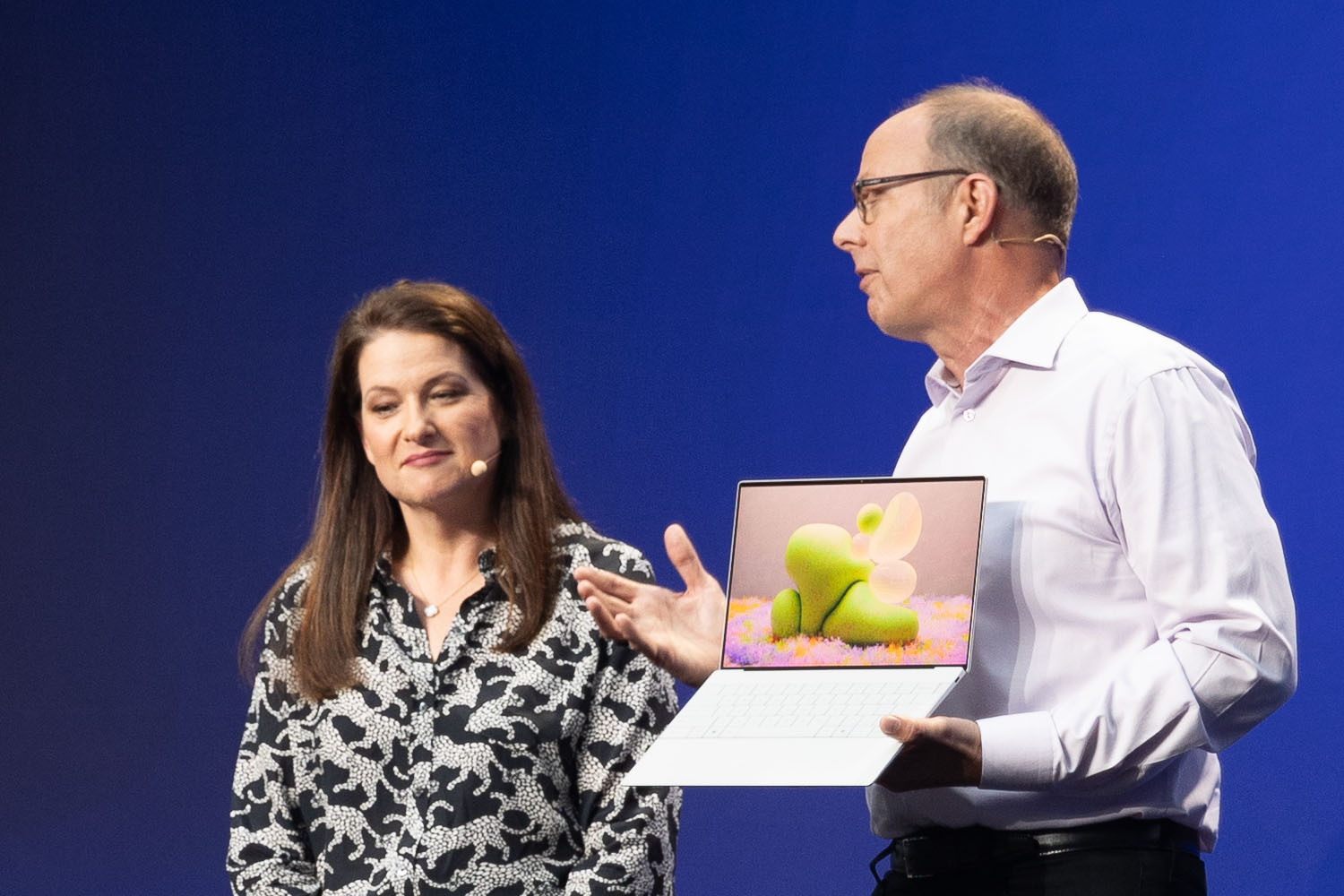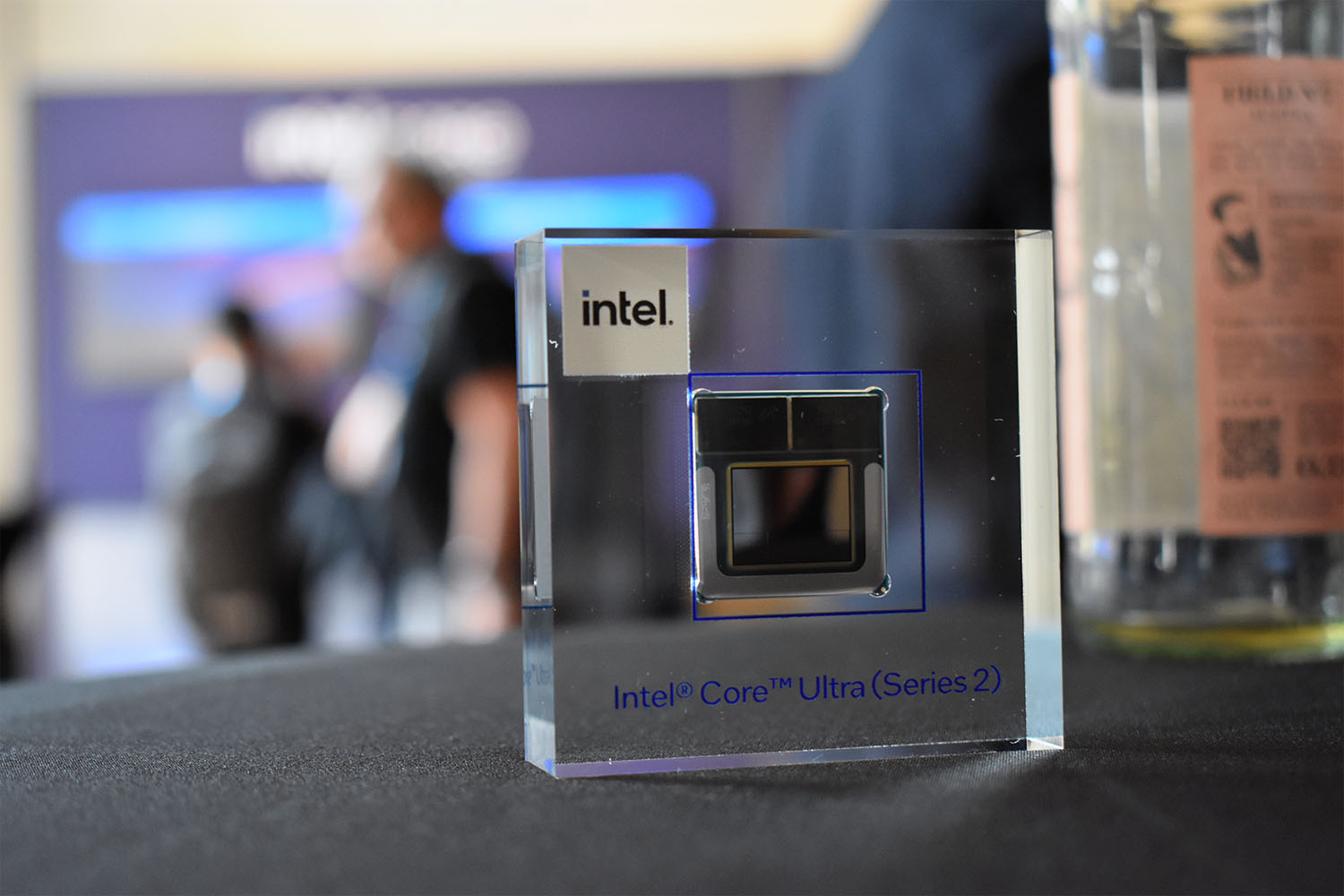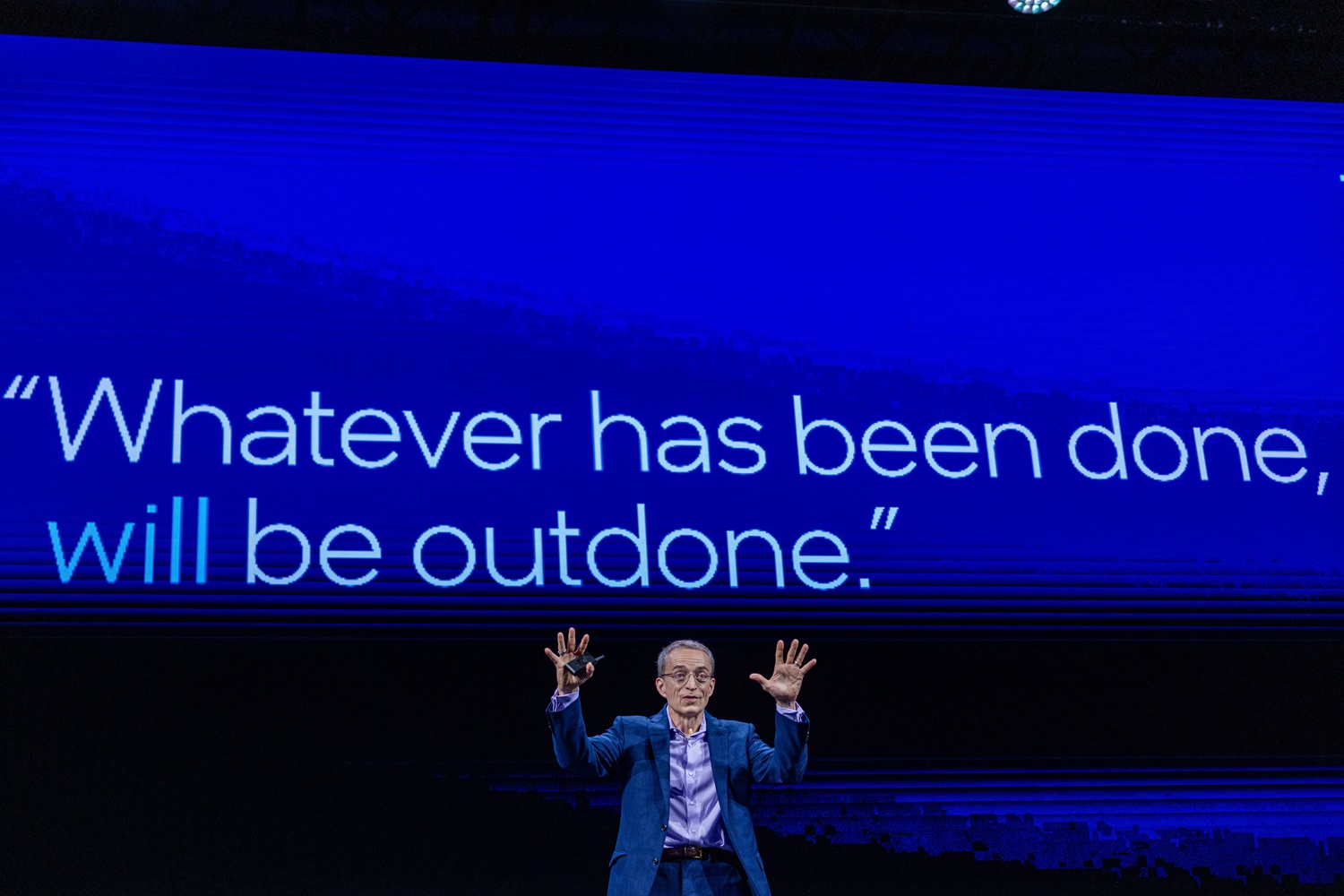Kaby Lake, Intel’s latest processor family, wasn’t supposed to exist. Earlier this year Intel announced the end of its well-known tick-tock release schedule, whereby it trots out a new processor every September. The tick is the shrinking and improvements of the current microarchitecture, while the tock is a whole new architecture. Instead last year’s “tock,” Skylake, was going to hang around a while, with no new “tick” in sight.
There is still no official tick expected for the foreseeable future, but Intel claims it made such strides in the 14nm architecture at the core of its Skylake family that it went ahead and released another “tock.” (For those of you don’t know, architecture refers to the microscopic physical structure of the computer processor.) So here we are now with Kaby Lake. It’s the Skylake processor family tweaked for better 4K video handling and high-performance gaming.
“It’s more a ‘tick-tock-tock release schedule,” an Intel representative told me in a recent briefing.
While last year’s Skylake was a sea change of a processor which drastically improved battery performance in laptops, a lot of the improvements the Kaby Lake line introduces are relatively small. If you’re just browsing the internet, playing solitaire and occasionally watching a grainy video on YouTube then you don’t need to hold out on buying a new computer until the Kaby Lake processors start appearing later this fall.
But if you do a lot of video work, watch a lot of movies, or play video games then get excited. Kaby Lake could be the answer to desires you didn’t know you had.
Watching Breaking Bad and more in 4K
Currently, there aren’t many places you can watch real movies in 4K. A smattering of TVs and a few set top boxes can handle the new video standard. Also, Sony’s $700 media player will do it. Yet many people, especially college-aged people, don’t watch movies on their couch, and they sure as heck don’t want to pay $700 just for the privilege.
The new Kaby Lake family is the the first line of PC processors to let you play popular movies and TV shows natively in 4K on you computer, provided the monitor you’re using can actually display 4K. In technical terms this means it decodes HEVC 10-bit 4K video, the video format most movies you’ve heard of come encoded in. Previously, watching that kind of video on a PC required a dedicated graphics card.
As of today, only Sony movies and shows (including Breaking Bad), and those appearing on Fandango’s new 4K service, Fandango Now, will be available for playback at launch. That’s not necessarily catastrophic. Sony’s library of 4K content is the largest available, and much of it already appears on more popular streaming services like Netflix and Amazon Prime.
You can expect lots and lots more 4K content to be available over the life cycle of this chip. Which means come next year you could be watching Stranger Things and Marvel’s Defenders in 4K on your laptop. Or whatever new show about insufferable people Amazon has in store for us.
And the Kaby Lake family natively decodes Google’s 4K codec, VP9, too. So watching a 4K video on Youtube will be a lot less taxing to your device.
The movies of yesterday, souped up to playback on the fancy screens of today aren’t the only videos Kaby Lake is improving playback for. It should also give you a smoother playback of 360 video, and allows for multiple 4K streams at once.
Edit 4K and 360 video faster
Most of the heavy lifting in video editing depends on a very good CPU, so it’s a good thing that Kaby Lake’s nifty handling of 360 and 4K video extends to the editing side too. When editing 4K 360-degree video, Intel claims the Kaby Lake family of processors is 8.6 times faster than a five-year-old Sandy Bridge processor. it can also convert a one hour 4K video from junk in an editing suite to fully rendered video ready for upload in just 12 minutes, which is 6.8 times faster than the Sandy Bridge processor.
Intel didn’t provide video editing benchmarks for Kaby Lake versus the more recent Skylake generation, but it did provide some other benchmarks. It should respond to mouse clicks about 15ms faster and load webpages nearly 20-percent faster than a Skylake processor. Since those speeds improvements will be imperceptible to all but the most ardent bloggers, this alone doesn’t make Kaby Lake a required upgrade for a lot of users, but serious videographers should take note.
Hardcore gaming without a fancy graphics card
Gamers should take note of Kaby Lake, too. At the Intel Developer’s Conference earlier this month there were reports of a Kaby Lake computer smoothly playing Blizzard’s Overwatch without a discrete graphics card.
While a Kaby Lake family processor won’t be playing Witcher 3 at a buttery smooth 60 frames per second, it should be able to handle Overwatch and other competitive e-sports games on Medium settings at 30fps. That’s perfectly adequate for most gamers and three-times faster than a Sandy Bridge processor.
Embracing Overwatch and other e-sports titles, which are less graphically intensive was a conscious decision by Intel, which saw the exploding e-sports market and decided it was time to claim a piece of it.
So that affordable thin laptop you’ll eventually be issued at work will be able to tackle Overwatch or League of Legends. Gaming in staff meetings just got easier. Sure the pros will still use their crazy gaming rigs, but it’s nice that the rest of us will be able to use a standard PC to play games.
Improved battery life
Better performance can often come as at the price of battery life, yet Intel claims the Kaby Lake family improves battery life across the board. Four hours of 4K Youtube streaming on Skylake is 7 hours on Kaby Lake. That’s almost double the battery life!
The power consumption improvements make sense because Kaby Lake is just the Skylake processor further refined. It draws the same power from the power supply as Skylake, but it uses that power much more efficiently. So processor intensive CPU functions like 4K video playback, video and photo editing, and gaming should all use considerably less juice.
And because the processor is more efficient it also generates less heat, which means it can be crammed into smaller and thinner laptops than a Skylake processor. If you’re hankering for the skinniest laptop on the market then wait until Kaby Lake-supplied laptops start hitting stores later this year.
So how do I tell these processors apart?
Understanding which processor is which is not easy. When you’re in Best Buy and urgently trying to upgrade, you should remember at least one thing: Kaby Lake processors will start with the number 7. So the i5-7500U or m3-7Y30 is a 7th-generation Kaby Lake chip, while the i7-6920HQ would be a 6th-generation Skylake chip.
But, shockingly, every letter and number found in an Intel processor’s name actually means something. Traditionally i5 and i7 processors were reserved for laptops that had higher workload requirements and Core M processors were saved for tablets and super thin laptop. With Kaby Lake Intel has changed the name of two of its Core M processors. So now instead of looking for i5 versus m5 you need to refer to all those numbers that come later.
The Y (previously Core M) seen in something like the i5-7Y54 stands for extremely low power processors that will appear in very thin devices.
U is for ultra low power processors. Despite the name they do not draw less power than the Y series. Instead they’re more powerful, and generally found in larger laptops.
If you can afford a U-series processor always grab it over the Y-series. The benefits of speed will usually outweigh the better battery life a Y-series processor delivers.
Don’t expect them all at once
Currently only Y and U series Kaby Lake processors will be available. More powerful Kaby Lake processors, like the ones found in gaming laptops or big desktop computers, will be available starting in January.
Alienware, Razer, MSI, and the other gaming laptop manufacturers aren’t too worried about gamers waiting until January to get a souped up laptop though. The latest batch of mobile video cards launched two weeks ago. “Gaming is mainly about the video card,” an Alienware rep said.
But Intel’s hoping Kaby Lake will change that.
Correction (1:45pm EST 8/31/16): A previous version of this article incorrectly assume Y and U-series processors were relatively similar. The article has been updated to reflect that the Y-series was traditionally called Core M.













